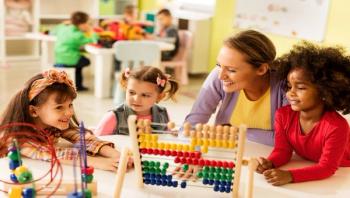
Hand Hygiene
Latest News
Advertisement
Advertisement


It's not only cold and flu season; it's also norovirus season. Norovirus typically peaks between December and April, and right now there are wide-spread outbreaks of norovirus cases throughout the United States, according to media reports.


















Kansas State University researchers have discovered the secret ingredient to improving kitchen food safety: include handwashing reminders and meat thermometer instructions in published recipes.





Savlon India has debuted a unique hygiene and health program, Savlon Swasth India Mission, designed to encourage behavioral change toward washing hands among children through various engaging and entertaining educational initiatives in schools.
Advertisement
Advertisement
